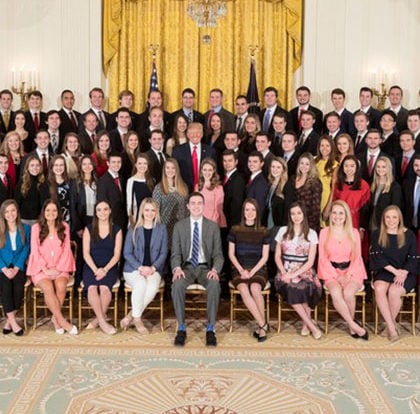New figures show falling numbers of black leaders in US civil service

The number of African American officials employed at the highest ranks within the United States civil service is dwindling, a recent report has revealed.
The figures were contained in the Federal Equal Opportunity Recruitment Program Report to Congress, published by the Office of Personnel Management, which revealed that the proportion of non-white staff in the Senior Executive Service (SES) flatlined between the 2015 and 2016 financial years. Among African American officials, however, the figure fell from 11.4% to 11.0% during that period.
The proportion had previously been rising slowly, though it remains well below the representation of minorities across the permanent federal workforce. Some 18.4% of federal employees were from ethnic minorities in September 2016, compared to 18.2% in the previous year.
Allegations of discrimination
The figures were released amidst growing claims that African Americans face discrimination within the federal workforce. Tanya Ward Jordan, the founder and president of the Coalition for Change (CFC), a civil service equalities group, expressed her concerns recently in an email published by The Washington Post.
“Year after year, thousands of black Americans, like the black US marshals who have a pending class action against the US Department of Justice, allege federal officials deprive them of career opportunities,” she wrote.
The CFC recently obtained data via a freedom of information request that showed that 180 class action complaints were filed regarding federal employment discrimination against black people between 2005 and 2015.
Diverse issues
Bill Valdez, president of the Senior Executives Association – which represents senior officials – argues that creating a more diverse workforce is important in creating a more effective government. “Hiring decisions that create a workforce that does not reflect the changing demographics of our nation are likely to have unintended consequences, such as investment decisions that do not address the needs of women and minorities, or the perpetuation of federal policies that have contributed to underrepresentation in the federal workforce,” he says.
There is a wide variation in the representation of African Americans across federal agencies. Their numbers in executive departments, for example, range from about 38% in the fields of education, housing and urban development to a low of 5.6% in the Department of the Interior.





















